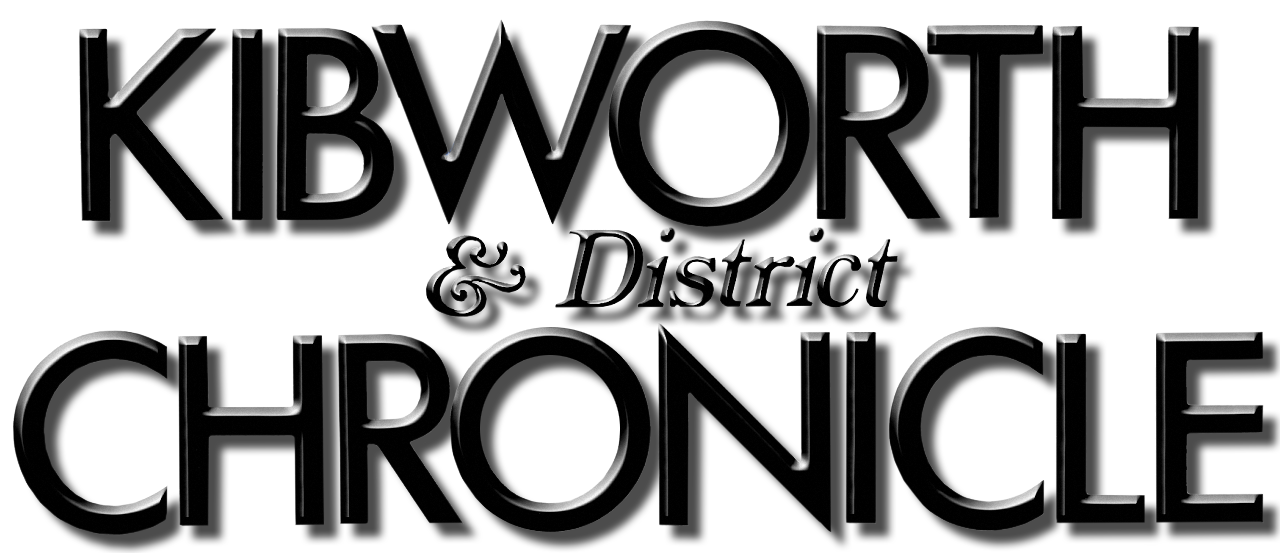Letter to the Editor – Oct ’25
Dear Editor,
Three Wise Men
The last issue of the Chronicle contained an obituary of the late headmaster of Kibworth High School, David Still, to whom many owe so much. At this time, I reflect on the school’s role in the communities of Kibworth and its neighbouring areas for over seven centuries. I also celebrate three headmasters, including David, who have contributed significantly to the school’s success. However, I am concerned that the lessons, wisdom, and guidance of Kibworth’s educational legacy may be forgotten over time. Nevertheless, I believe that there is still time to rectify this trend, as with climate change, progress and history can coexist.
Preface
In 1359, Robert Chapman and Roger de Stanesby donated land to Kibworth Beauchamp Grammar School. The trustees, who likely shared the school’s goal, invested the income from the land. This had significant implications for future tenants. During the Civil War, Chantry Commissioners tested tenants’ claims of still paying rent to the school for land they now owned. One witness, 65-year-old Robert Raye, swore that he “heard an ancient feoffee, Thomas Parker, say that the Earl of Northumberland, then lord of Kibworth Beauchamp, claimed certain lands and refused to have them used for any purpose other than maintaining a school. He also claimed that he never heard anyone say that any of the lands called School lands was ever used for superstitious purposes.”
Farm labourer William Mitchell recalled that “the school was initially kept in the Church and other houses before being built.” Marie Taylor confirmed that “the school has since been kept in the Church and several houses, and that the money previously used for a chantry was advised by Attorney Griffin to be used for school maintenance, as her father told her.” These early accounts show that the school in Kibworth has been a key part of the community for many decades. The Kibworth & District Chronicle distribution area once reflected the school’s widespread intake area. David Still, who took over from headteachers John Elliot and Leslie Daw, enthusiastically maintained strong involvement of the school in the community.
John Edmundson Elliot
1927 – 1955
Mr John Elliot arrived from Ashby-de-la-Zouch in 1927 and took over Kibworth Beauchamp Grammar (KBGS), a school with a history spanning nearly six centuries.
During his second year, he introduced cookery lessons for girls and expanded the curriculum to include sciences, the arts, practical subjects, and a competitive house system. Boarders and a high profile within the village communities were also established. Sport, particularly team games, was encouraged, and summer morning assemblies often celebrated even drawn cricket matches.
The school’s enrolment increased from 35 pupils in 1927 to 525 in 1955, the year of his retirement. John Elliot was affectionately known as JE. “ The writer recalls being sick at the end of a school day and reporting it to the headmaster, who advised him to clean the cloakroom before going home. J.E. ensured that his school bus was waiting at Elliot Close.”
Leslie T Daw
1955 – 1964
Mr Leslie Daw began his headship upon JE’s retirement in 1955. He knew his pupils and soon applied himself to rumours, eventually planning to use KBGS staff to establish a new school at Wigston – Guthlaxton – and move lock, stock and barrel up the A6 to form Beauchamp College, all part of the new Leicestershire ‘Mason’ Comprehensive Plan, encouraged by Sir Stuart Mason.
Leslie Daw, a history buff, supported measures to maintain KBGS, including the outstanding ‘History of KBGS’ book by Bernard Elliott. However, his efforts were unsuccessful. On his retirement, Leslie and Mary Daw returned to the then KHS, accompanied by the new headmaster (David). Leslie Daw was affectionately known as Jack. It was a poignant moment, and the writer still cherishes a handwritten letter from Mr Daw as Head to him as a sixth form pupil on the death of his mother and the delivery of a large fruit cake from the school.
David Hexter Still
Appointed in Autumn 1968, in post in January 1969 – 1993.
A few years after this transfer, a new, energetic headmaster arrived at Kibworth High School. David Still, standing on a chair in the 1940s prefab canteen at School Road, addressing parents at an Open Evening, quickly won over their confidence.
He involved the school in community, despite inheriting concerns about falling standards. Accepting it was now a Comprehensive school, he intended to maintain the high standards of the Grammar School. The sight of five run-down sites stirred his vision of new premises.
His outstanding success was completing the move from five sites to one at Smeeton Road, a challenging task during years of cutbacks and bureaucracy, achieved by his retirement in summer 1993.
Postscript
Secondary education continues at Kibworth, an unbroken chain, one of the kingdom’s earliest, thanks to Robert Chapman, Richard de Stanesby, and our wise men, John Edmundson Elliot, Leslie T. Daw, and David Hexter Still. The hope is that whoever influences the future remembers the past.
To quote from Leslie Daw’s 1957 foreword to the school history, “I had many happy days at Kibworth, but none happier than the day Mr. Elliot unlocked our documentary treasures and unlocked for me our fascinating past.”
Roger Garratt
KBGS pupil/student teacher. KHS teacher
‘The History of Kibworth Beauchamp Grammar School’ is freely available online, thanks to the late historian Bernard Elliott and the late Dr Peter Lee. Quotations are sourced from its text.




 Geoff Dobson – Kibworth Bowling Club
Geoff Dobson – Kibworth Bowling Club

